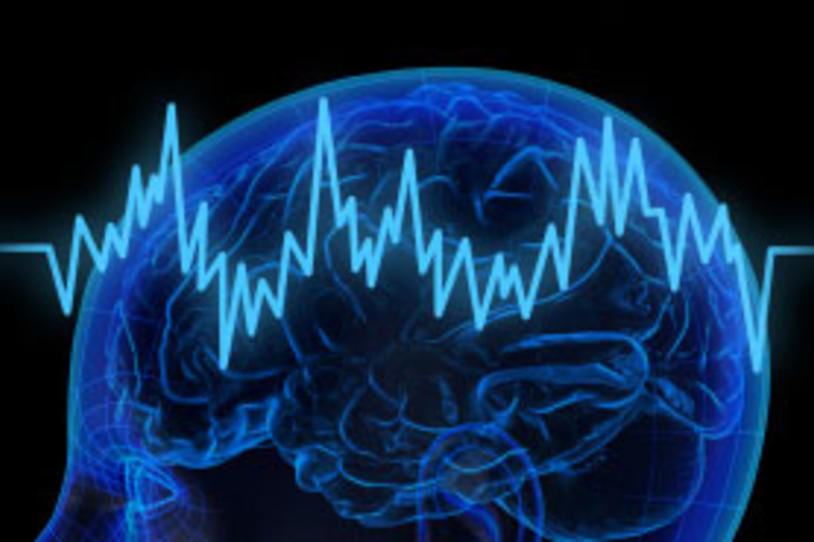
A recent report on dopamine neuron activity in Parkinson’s disease (PD) patients emphasizes the need for biomarkers for earlier detection, encourages concerted research efforts to advance understanding of dopamine loss and provides information to drive future therapeutic approaches.
In a study supported by The Michael J. Fox Foundation (MJFF), researchers found that dopamine activity in one part of the brain is significantly depleted four years after PD diagnosis.
“We found that degeneration took place much earlier than we anticipated,” said Jeffrey H. Kordower, PhD, of Rush University Medical School and an MJFF scientific advisor. He led a team of investigators from across the country and from Australia that published their findings in the journal Brain. As dopamine loss is the hallmark of PD, data on the pace of degeneration is of great interest to the research community.
Kordower’s study team examined brains from 28 deceased Parkinson’s patients who had been diagnosed with PD from one to 27 years before they passed away. Comparing these brains to those from nine elderly control volunteers, the team looked for signs of degeneration of the nerve cells that make dopamine.
In the brain of the individual who had been diagnosed with PD for only one year, the researchers saw a modest decrease in markers of dopamine production compared to a healthy brain. The loss became more pronounced after three years from diagnosis. By four years, dopamine production was almost completely absent. Counts of the actual dopamine-producing cells showed 30 to 60 percent loss over the first 10 years or so, with subtle additional losses after that. This suggests that some of the cells may still be around but may not be capable of producing dopamine. Since clinical progression of PD symptoms does not appear to progress this quickly, the study reinforces the possibility that other brain systems may be compensating for some of the dopamine loss initially. Eventually, those other systems break down as well, leading to more severe disabilities later in the disease.
The results point to a growing consensus that attempts to slow or halt PD may need to catch people in the first few years after diagnosis to be potentially beneficial. This could have an impact for therapeutic approaches like neurotrophic factors (proteins that can protect brain cells), which to date have been tested only in people several years after diagnosis.
However, some researchers questions the new findings. Studies using neuroimaging methods have shown only 30 to 35 percent loss of dopamine production activity soon after diagnosis, with only four to six percent loss each year from there, said John Seibyl, MD, co-founder of and senior scientist at the Institute for Neurodegenerative Disorders. Seibyl is a member of the team leading the neuroimaging core of the Parkinson’s Progression Markers Initiative, an MJFF-sponsored multi-site study to identify and validate PD biomarkers.
“This is an interesting but small cohort study,” said Seibyl of the Rush University project. “I’ve worked with other technologies with different findings. We need to take this study and corroborate with other research to picture dopamine degeneration in a more complete way.”
The findings highlight the need for biomarkers that can identify Parkinson’s earlier, which both Kordower and Seibyl agree is a critical priority for the field.
“Identify subjects and start treating them as quickly as possible,” Seibyl said.
For now, more work is needed to understand the clinical and underlying brain changes that occur in people with PD. Studies like PPMI are combining clinical, biological and imaging analysis to identify changes in people before and after PD diagnosis that could be used to determine when and how to best treat the disease.
Read more from journalist and PD patient Jon Palfreman who blogged on the study for the Journal of Parkinson’s Disease.
Learn more about the Parkinson’s Progression Markers Initiative and how you can participate.
